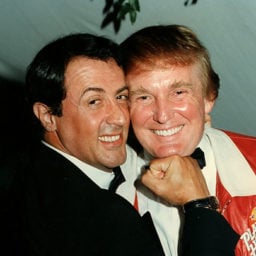

1. Jerry Saltz Embarks on Extended Social Media Fast
In response to growing backlash against “Jerry’s irrelevant vagina obsession,” New York magazine art critic Jerry Saltz begins the New Year with self-imposed social media ban—announced, of course via a multicolored handwritten note offering that the “squeamish art world loyalists and new moral Taliban” had won the day.
Saltz chronicles the 21st-century wasteland that is life without social media in bi-weekly entries on NY Mag’s reincarnated “Scene” vertical, still somehow restraining himself from sharing a single nude photo, painting, or sculpture for 30 days. Come February, he comes roaring back with Instagram and Facebook accounts newly focused on photos of kale salad, yoga classes, and his surprisingly deft knitting projects.
—Sarah Cascone
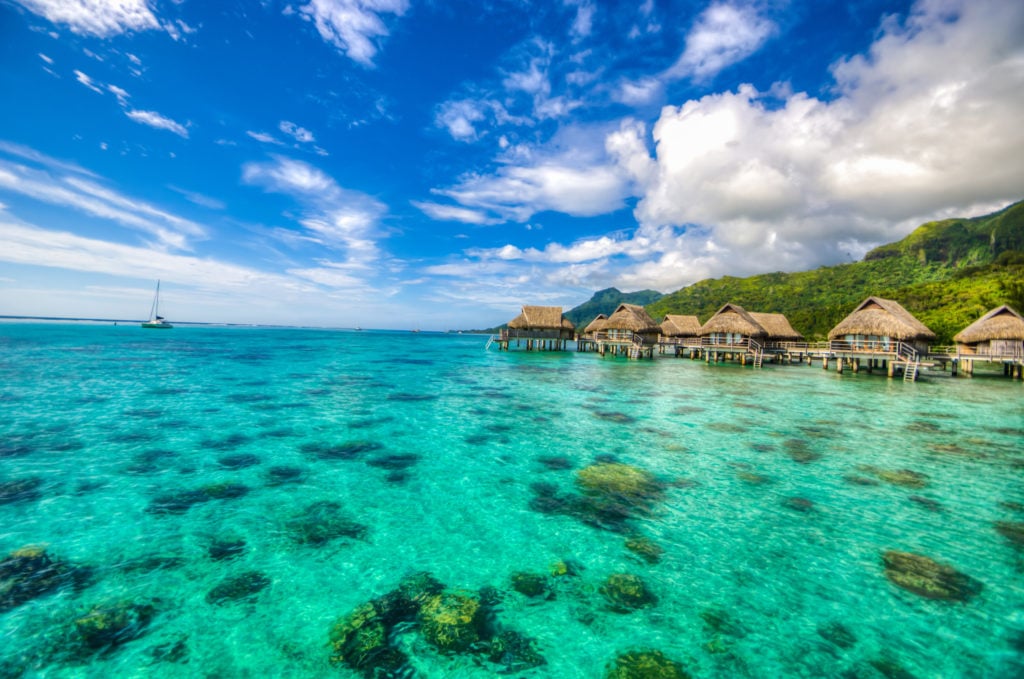
Tahiti. Photo Mayumi Ishikawa, via Flickr.
2. Larry Gagosian Go-Goes to Tahiti
Global megadealer Larry Gagosian will head to Tahiti on a vacation, not only to do some spear-fishing with Christie’s deputy chairman Loic Gouzer, but also to follow in the storied footsteps of Post-Impressionist master Paul Gauguin. While there, he’ll be taken with local artists and end up buying everything in their studios and flipping it at a massive profit, not only keeping his gallery afloat but also causing a spike in the market for Tahitian artists and resulting in a rash of condo construction driven by newly wealthy area painters and sculptors.
—Brian Boucher
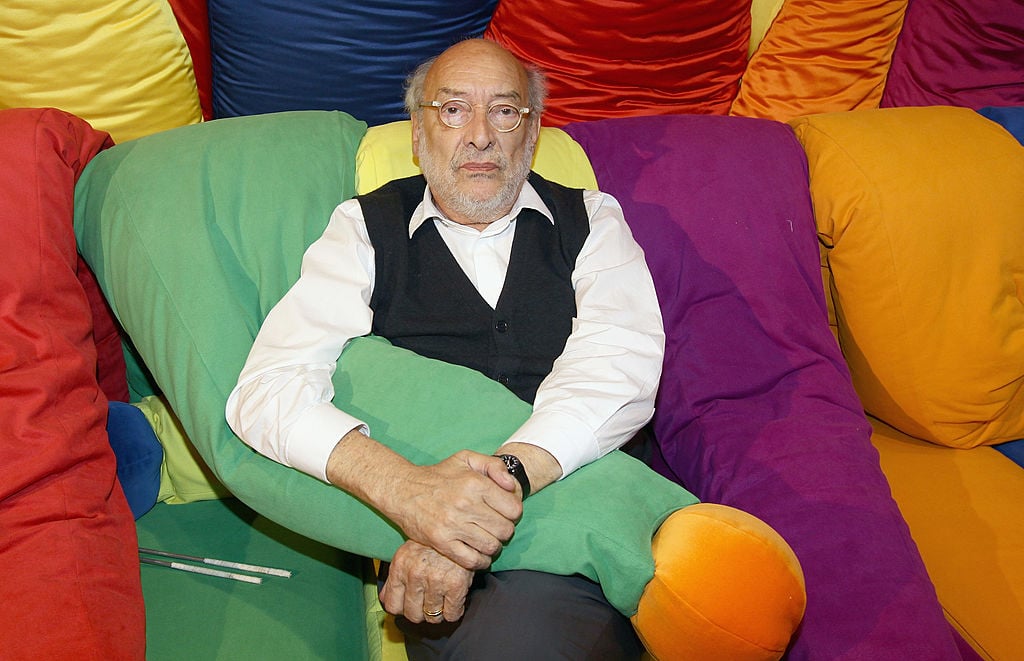
Gaetano Pesce, Milan Design Week 2011 at Meritalia Showroom on April 13, 2011 in Milan, Italy. Photo by Vittorio Zunino Celotto/Getty Images.
3. Fake Deaths Will Outpace Real Deaths
It started in early 2014 when Phillips auction house tweeted mournfully about the death of artist Cy Twombly despite linking to a three-year old obit in the New York Times, immediately prompting an outpouring of grief and tributes on social media. Art F City helped correct the misunderstanding by explaining that “Cy Twombly Did NOT Die Today.” More recently the pendulum swung in the opposite direction when artnet News learned that Italian artist Gaetano Pesce, after falling ill and being unable to travel to the unveiling of a major new work in Italy, was declared dead by a friend, the critic Vittorio Sgarbi, in hopes of forcing a local politician to proceed with the event. Everyone breathed a sigh of relief when Pesce came forward to declare that he was very much alive and well, even giving an interview to his friend Sgarbi to discuss how things had temporarily been for him in the “hereafter.” Pesce’s viabillity was further confirmed by artnet News at the most recent edition of Art Basel in Miami Beach, where he had a major solo booth show at Salon 94’s Design Miami booth and was feted at a party at the swanky Setai Hotel thrown by Jeanne Greenberg Rohatyn and others.
More recently, it was Robert Rauschenberg, who actually died in 2008, but who was falsely proclaimed dead again on Facebook this week. We think the frequency of confused and faux-death episodes—what with the viral nature of information on social media and conceptual artists like Adam McEwen penning fake obits for art stars like Jeff Koons and Richard Prince—will only continue. Will disappointed or frustrated artists who don’t get their way now start taking cues from Pesce’s playbook? Only time will tell.
—Eileen Kinsella
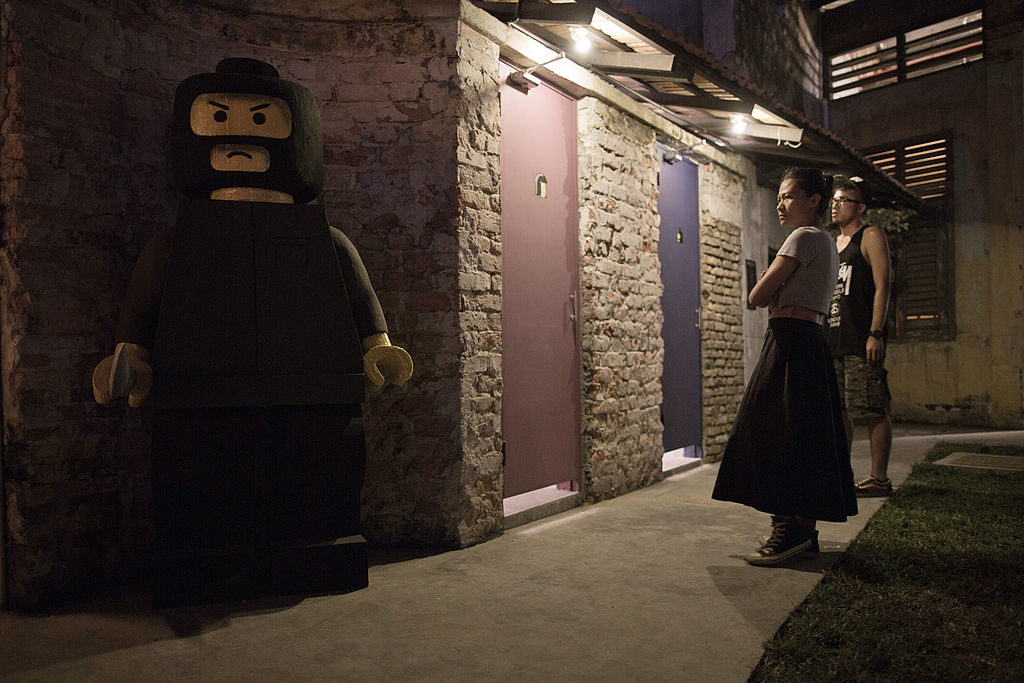
Visitors standing near a Lego robber armed with a knife during Ernest Zacharevic’s first solo show in Malaysia. Courtesy of MOHD RASFAN/AFP/Getty Images.
4. A watchlist for ‘politically dangerous’ artists
Few rhetorical moves are more annoying in the present moment than claims that Donald Trump’s election offers a singularity; for example: “We now live in a post-fact world.” Still, it’s fair to speculate that our feelings surrounding the “list” as a form will change, especially when the Trump administration launches its projected registry of American Muslims. Already right-wing youth organizations—American prototypes built after the Russian Nashti—are compiling watchlists of “dangerous professors.” So long, in other words, to the notion of a list as a unit of pleasures (an idea built into its etymology). Lists are more nefarious now. Surely artists who oppose the administration will be placed on similar lists of dangerous thinkers, whether by right-wing organizations or the president’s office; and certainly the list as an artistic mode will develop in surprising new directions.
—Jonathon Sturgeon

Chris Dercon in 2015. Courtesy of 1:54 Contemporary African Art Fair via YouTube.
5. Chris Dercon alights in Berlin, meltdown leads to privatization
Having run out of high-profile signatories for their respective open letters, the opponents and supporters of Chris Dercon’s appointment to the Volksbühne in Berlin work it out in a theatrical dramatization of a tale of a city struggling to step up to its international appeal, while not wanting to let go of its democratic-socialist ways. Everyone’s pleased, until Dercon suggests staging the musical version featuring Pussy Riot, with a stage design courtesy of New Theater, held alternatively at the defunct Tempelhof airport and the new Humboldt-Forum. And using public funding. Massive walkouts at state-run institutions ensue, leading to an emergency meeting of Berlin’s private collectors in a recently discovered tunnel that connects all their bunkers. A decision is made to make Dercon the head of the newly formed body, Berlin Private Museums (BPM). Dercon buys a Berghain scarf.
—Hili Perlson
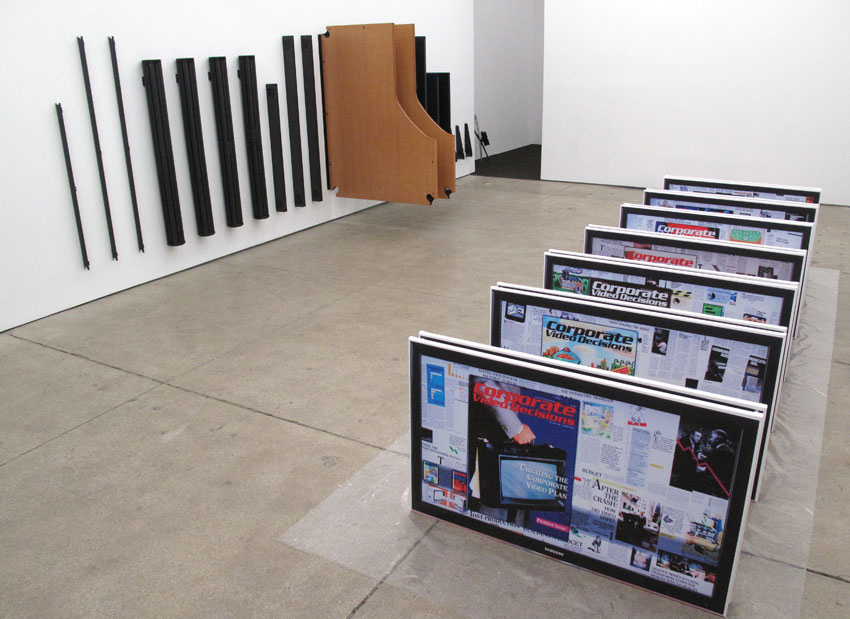
Simon Denny, installation view of Blockchain Future States (2016). Courtesy of the artist via Petzel Gallery.
6. As the market soars, newspapers continue to cut arts coverage
On the eve of 2017, we saw the Wall Street Journal cut staff and consolidate its culture pages, as the New York Times launched “an enhanced Arts report” after gutting its suburban arts coverage. Declining ad sales and a changing readership are to blame, as traditional newspapers continue to grapple with the unyielding pace of digital outlets. As culture editor Danielle Mattoon said in a statement earlier this month, “Today’s changes are about helping our readers navigate the chaos of choice they face every day.” With fake news proliferating, and press releases masquerading as reviews, this can’t end well for artists, mid-market galleries, or readers.
—Kathleen Massara
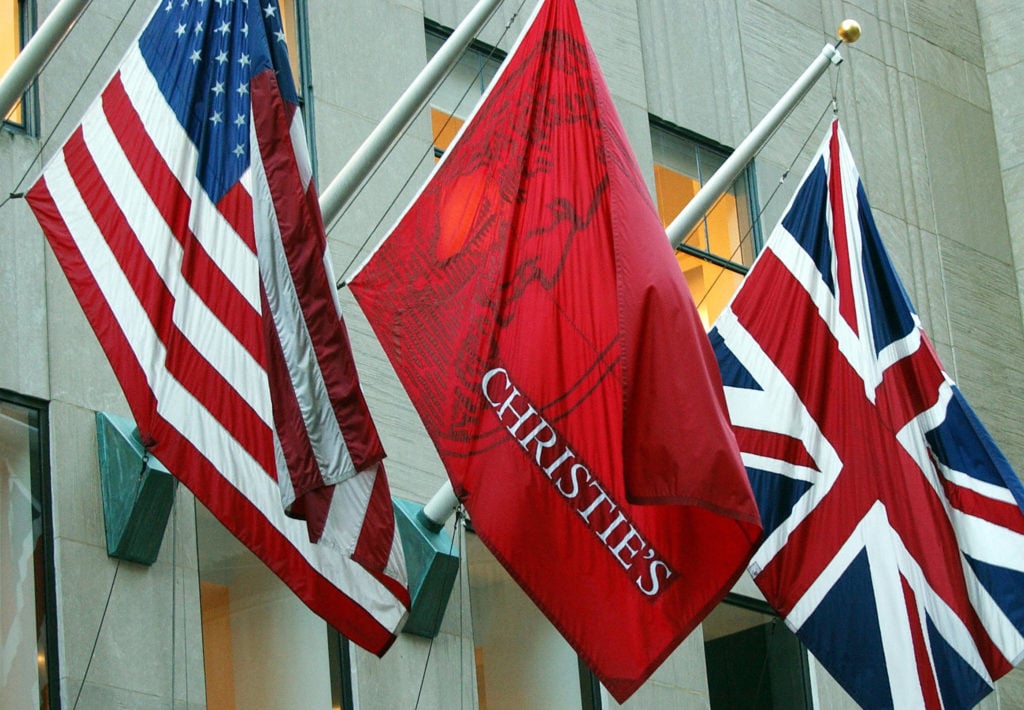
A Christie’s flag is displayed between US (L) and British (R) flags outside Christie’s auction house at Rockefeller Center, 03 December 2003, in New York. Courtesy of STAN HONDA/AFP/Getty Images.
7. Christie’s and Sotheby’s merge into an auction behemoth
They’re trading so many staffers these days, who knows where one begins and another ends? Maybe president Trump will do away with monopoly laws, and Sotheby’s can move from York Avenue across the street to 30 Rock. There can even be a reality show!
—Kathleen Massara

Singer Kanye West and President-elect Donald Trump speak with the press after their meetings at Trump Tower December 13, 2016 in New York. Photo Timothy A. Clary/AFP/Getty Images.
8. Trump Appoints Kanye Culture Czar
Rapper Kanye West shocked the world when he announced during an onstage rant that though he didn’t vote, if he had, he would have supported Republican president-elect Donald J. Trump. The world was further confused when the rapper actually met with the reality TV star at Trump Tower. But it will soon emerge that it was part of Trump’s interview process: he names West the head of the National Endowment for the Arts (NEA).
In his first big move, Kanye renames the NEA the NE-Ye. He follows up with a massive grant to support multiple traveling museum exhibitions of portraits of Trump and of Ye himself.
In a scandal that emerges late in Trump’s first term, Ye is caught raiding the NE-Ye’s piggy bank to pay off his $53 million in personal debt.
—Brian Boucher

Buddy, a robot for is presented during the opening of Robot Lab showroom on September 13, 2016 in Paris, France. Photo by Nicolas Kovarik/IP3/Getty Images.
9. AI Cracks the Curator’s Code
The burgeoning field of Artificial Intelligence will finally figure out curating with the invention of the HUO 9000. Skilled at generating artful juxtapositions and algorithmically determining which artists to include based on metrics of “exposure” and “credibility,” the HUO 9000 will awe and terrify the biennial scene. It will have no need to sleep, and it will be surprisingly good at art-based small talk. Its vast database of connections will make it a formidable networker. The only option left for human curators will be to fight back with a John Henry-style creative networking marathon.
—Ben Davis
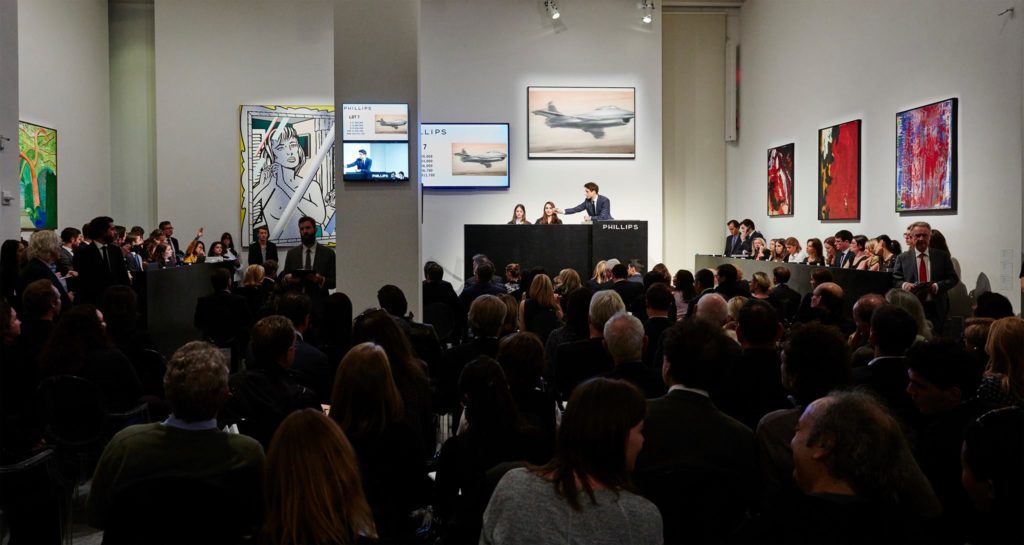
Philips 20th Century and Contemporary Sale in November 2016. Photo: Phillips via Facebook.
10. Phillips to gain ground on Sotheby’s
Sotheby’s is going through a tough transitionary phase with numerous long-term specialists and executives leaving the house in recent months. And the stream of departures has shaken confidence in the house, as the auctioneer has struggled to attract star lots, reflected in relatively low sales figures.
At the same time CEO Tad Smith has made a number of expensive and inexplicable strategic acquisitions in 2016, such as the $50 million takeover of Amy Cappellazzo and Allan Schwartzman’s private consulting firm Art Agency Partners, the Mei Moses index, and forgery spotter James Martin’s scientific research firm Orion Analytical.
Enter Phillips. Whilst Sotheby’s has struggled, the perennial number three in the auction house pecking order has quietly bulked up its specialist team whilst delivering solid sales results. If Sotheby’s continues to struggle in 2017, we may see Phillips gain ground on its larger competitor and begin to ever so slowly turn the auction landscape on its head.
—Henri Neuendorf
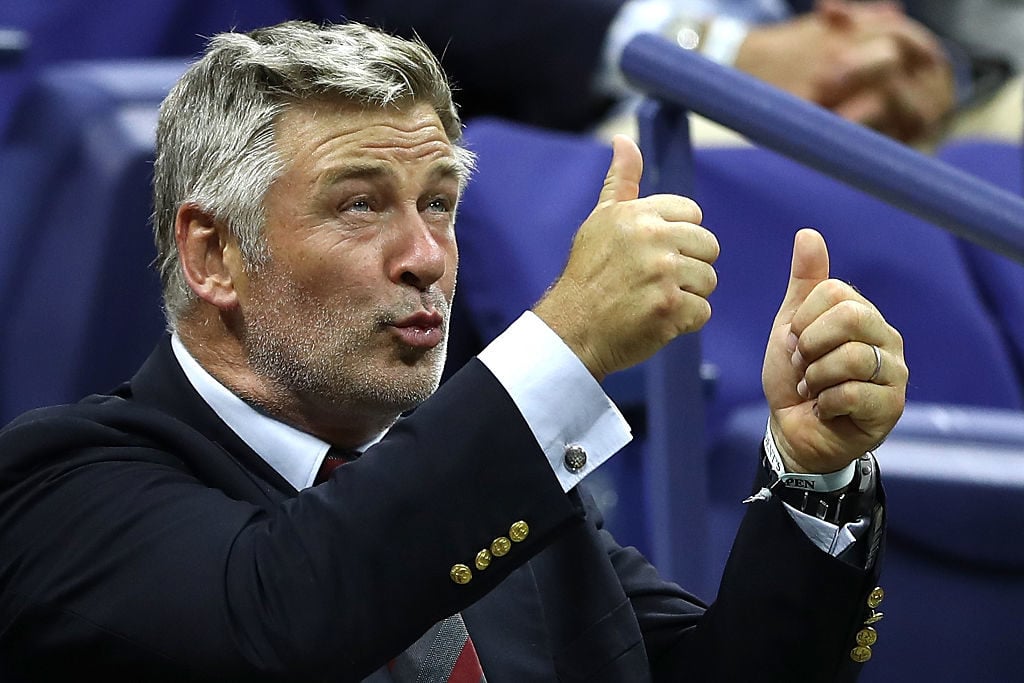
Alec Baldwin watches the first round Men’s Singles match between Novak Djokovic of Serbia & Montenegro and Jerzy Janowicz of Poland on Day One of the 2016 US Open at the USTA Billie Jean King National Tennis Center on August 29, 2016 in the Flushing neighborhood of the Queens borough of New York City. Photo Elsa/Getty Images.
11. Mary Boone + Alec Baldwin = Armadillo Projects
Mary Boone and Alec Baldwin will team up to launch a new art space called Armadillo Projects, featuring a program of ‘rediscovered’ artwork from the bad boy artists of the 1980s, notably Ross Bleckner, David Salle, and Eric Fischl.
—Rozalia Jovanovic

